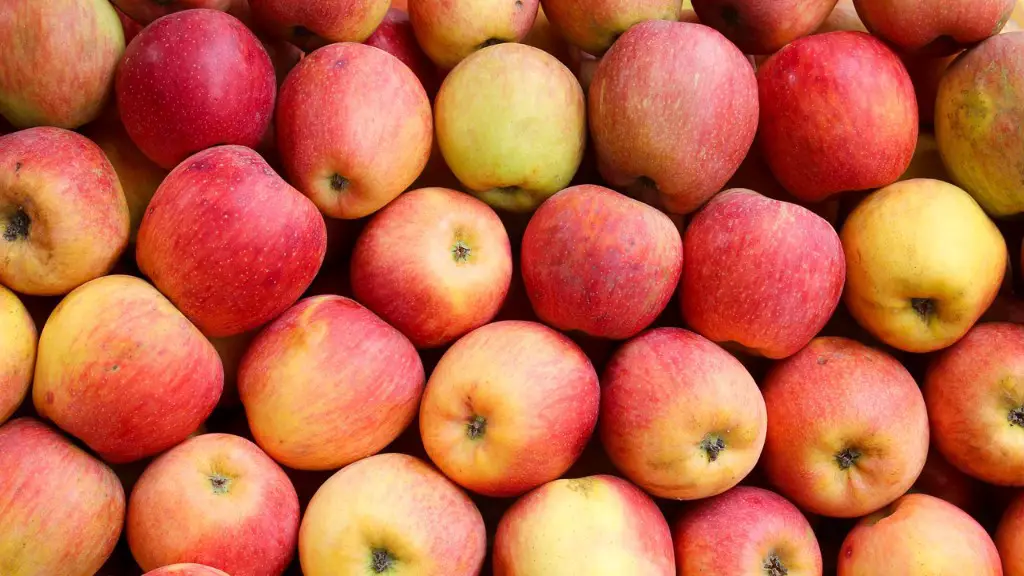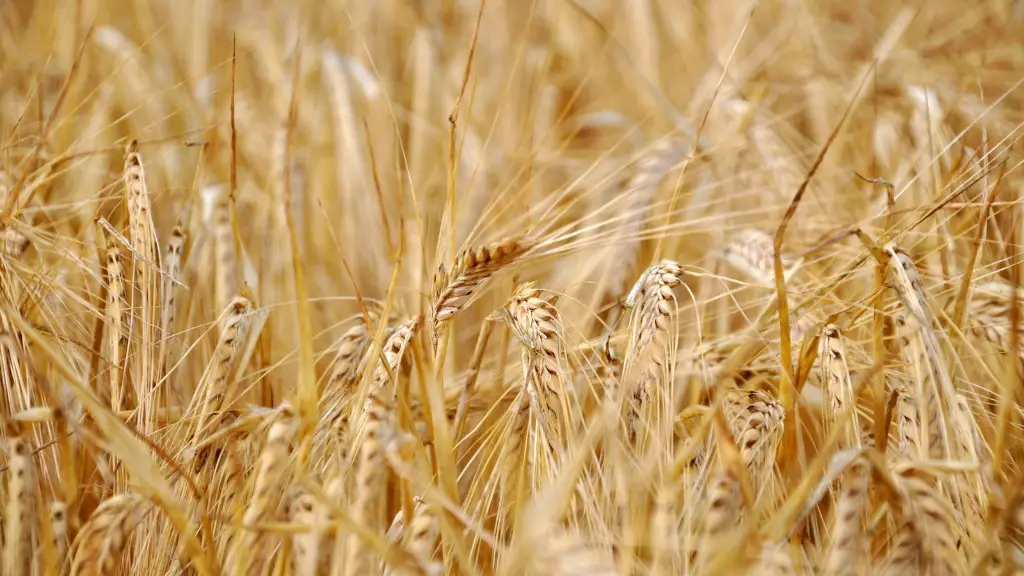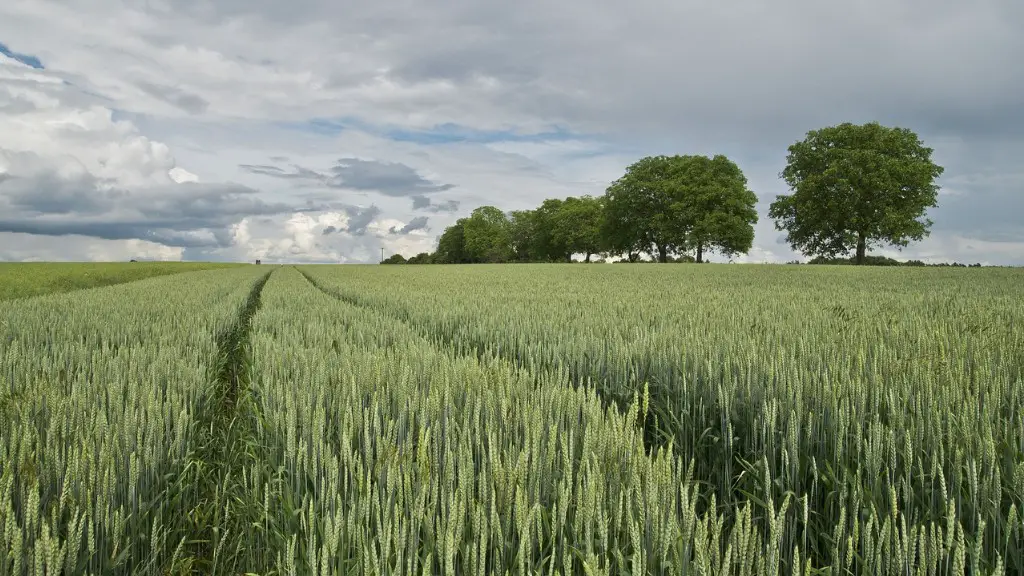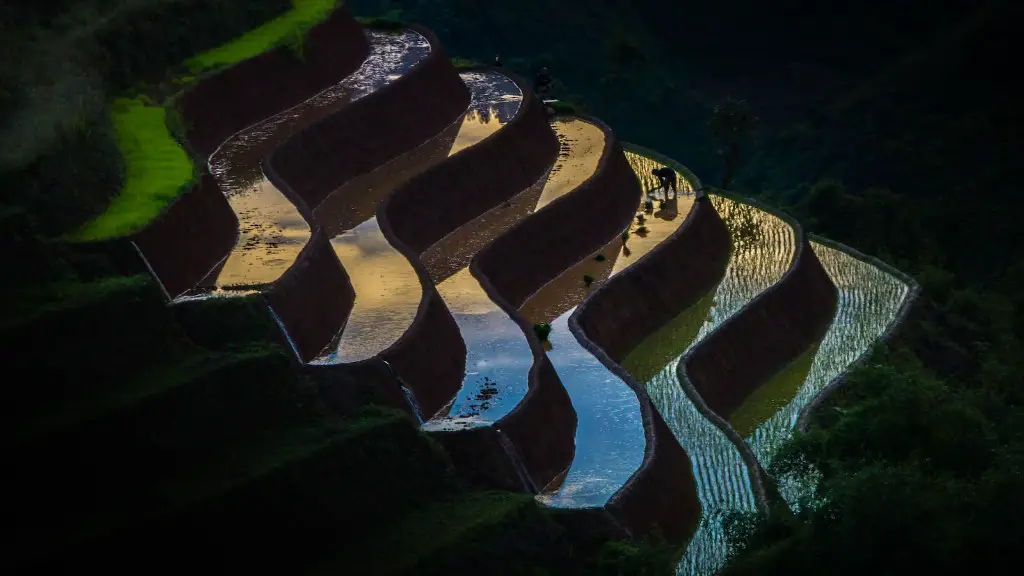Regenerative agriculture is a type of agricultural production system that seeks to both restore degraded productive capacity and work in concert with natural cycles and processes in order to build and maintain healthy soils, ecosystems and communities. It is a system of farming principles and practices that increases biodiversity, enhances ecosystem services, and promotes a more economically viable and ecologically sustainable agricultural production. The four principles of regenerative agriculture are:
1. Soil Organisms, Carbon and Nutrients
Regenerative agriculture focuses on protecting, nurturing and cultivating the life within the soil. The goal is to create a soil that is full of life, with a rich population of earthworms, fungi, bacteria, and other living organisms. By enhancing the biology of the soil, farmers can increase the amount of stored carbon and nutrients in their soil, which in turn can improve drainage, reduce compaction, and improve crop yields. Additionally, soil with a higher carbon content is more resistant to erosion and more able to hold water.
2. Water Management
Regenerative agriculture seeks to nurture the relationship between soil and water. Farmers strive for healthy hydrology, where water is efficiently captured, stored, and utilized for maximum benefit. This is accomplished through practices such as planting cover crops to capture water, minimizing bare fallow ground to reduce runoff, and investing in water infrastructure projects like rain gardens and retention ponds. By better managing the water cycle, farmers can reduce water pollution and conserve ground water.
3. Livestock Management
The third principle of regenerative agriculture is to regenerate soil fertility through livestock management. This is accomplished through practices such as rotational grazing and mob-grazing, which involve rotating the animals through different paddocks on a regular basis. By strategically managing the way livestock interact with the land, farmers can ensure that their animals are providing beneficial nutrients to the soil, as well as helping to increase its organic matter content.
4. Perennial Plants
The fourth principle of regenerative agriculture is to increase the amount of perennial plants in the field. Perennials are plants that live for more than two growing seasons and are a vital part of any regenerative agro-ecosystem. They help to reduce the amount of tillage needed, increase soil fertility, and provide a steady supply of food and habitat for beneficial organisms. With a greater number of perennial plants in the field, farmers can increase the amount of organic matter in their soil, which in turn can improve the overall health and productivity of their land.
Reversing Land Degradation
One of the key goals of regenerative agriculture is to reverse the degradation of land that has been brought about by industrial agriculture. Industrial agriculture relies heavily on soil-degrading practices such as tilling, chemical fertilizers, and monoculture. These practices deplete essential nutrients from the soil, destroy beneficial soil organisms, and increase erosion and contaminated runoff into nearby waterways. Regenerative agriculture, on the other hand, aims to significantly reduce or eliminate these destructive practices and replace them with practices that help improve soil health.
For example, cover cropping, a practice in which farmers plant a variety of perennial or annual crops in between regular crop cycles to protect the soil, has been shown to be instrumental in reversing land degradation. Additionally, no-till practices, which eliminate the need to use a tillage machine to turn up the soil, also help to reduce erosion, conserve water, and increase soil organic matter. As a result of these practices, farmers are able to reduce their reliance on fossil fuels, reduce their input costs, and increase their yields.
Encouraging Biodiversity & Protecting Ecosystems
One of the primary goals of regenerative agriculture is to increase the biodiversity of farmland, which in turn helps to protect and preserve native ecosystems. By fostering diverse crop and animal life, regenerative farmers can create habitats for wild plants, animals, and beneficial insects. These habitats create corridors of life that can provide food, water, and shelter for a variety of species. In addition, regenerative agriculture can also help to protect water sources and reduce or eliminate contaminants that can enter into drinking water and cause health and environmental risks.
Creating and maintaining these habitats also ensures that farmers are able to better utilize their land for multiple purposes. For example, a diversified farm may include crops for food, forage for livestock, and flowers for attracting pollinators. This type of diversification helps to reduce the environmental cost of food production, as well as provides farmers with additional revenue streams from their land.
Building Soil Health with Compost & Mulches
An important part of regenerative agriculture is the use of compost and mulches to improve soil health in an effort to increase fertility and reduce erosion. Compost is composed of organic matter such as plant and animal wastes that, when broken down and mixed with the soil, act as a natural fertilizer and nutrient source. Mulches, which are materials such as wood chips or straw, can help to insulate the soil, reduce evaporation, and suppress weeds.
Compost and mulches also help farmers to reduce their reliance on chemical fertilizers. By providing essential nutrients and organic matter to the soil, these materials can help to reduce the need for chemical inputs and increase the soil’s ability to store water and resist compaction. Additionally, using organic materials such as compost and mulches can also reduce the amount of carbon dioxide in the atmosphere.
Biodiversity Enhancing Cover Crops & Polyculture
Cover crops and polyculture are two practices that help to support biodiversity and regenerate soils. Cover crops, which are plants such as alfalfa, clover, and rye grass, are planted in between regular crop cycles to protect the soil from wind and water erosion. These crops help to reduce the need for chemical fertilizers and pesticides, as well as provide essential nutrients to the soil through their deep root systems.
Polyculture, which is the growing of multiple species in the same area, is another way to build healthy soils and support biodiversity. The beauty of polyculture is that it takes advantage of the natural pest control mechanisms of crops and maximizes yields by combining different crops into one integrated system. This type of system can reduce input costs, increase resilience to weather and climate change, and support infiltration of water and nutrients into the soil.
Crop Rotation & Adaptive Management
Crop rotation and adaptive management is another key component of regenerative agriculture. Crop rotation involves growing different types of crops in succession on the same field each year in order to better manage nutrients and pests and improve soil health. Adaptive management, on the other hand, involves monitoring, assessment and adjustment of farming practices in response to changes in climate and ecology.
Crop rotation and adaptive management help to build soil fertility and reduce the need for synthetic chemicals. By maintaining an effective crop rotation system, farmers can ensure that the soil is not depleted of essential nutrients, while also encouraging greater soil biodiversity. Additionally, by monitoring conditions in the field and adjusting their practices accordingly, farmers can better prepare for variable weather conditions and enable their crops to better resist pests, weeds, and diseases.
Regenerative Agriculture Increases Yields & Profits
Regenerative agriculture is not only beneficial for the environment, but for farmers’ bottom line too. By integrating the four principles of regenerative agriculture into their production systems, farmers can increase their crop yields and reduce their input costs. Additionally, regenerative agriculture practices can also help to sequester carbon in the soil, thereby helping farmers to comply with carbon trading markets and benefit from carbon credits.
Regenerative agriculture also helps farmers to create healthier and more resilient farms. For example, cover cropping and crop diversification can help to improve soil structure, reduce erosion, and allow the soil to better absorb and store water. Additionally, practices such as composting and mulching can help to build up the soil’s organic matter content, which can improve its ability to store carbon and nutrients and reduce the need for chemical fertilizers.




